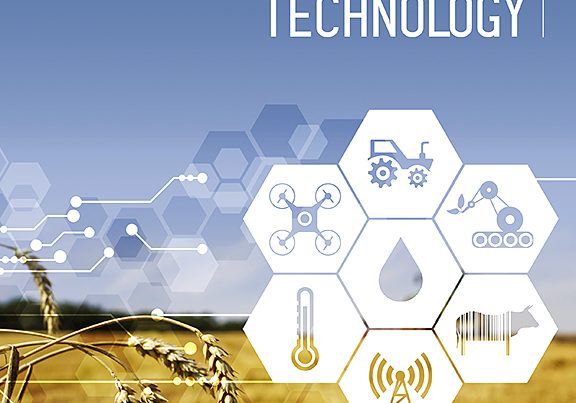Document type : online prepublication of scientific article in the Journal of Dairy Science
Authors: A.L.Voß, C.Fischer-Tenhagen, A.Bartel, W.Heuwieser
Preview: Efficient calving surveillance is essential for avoiding stillbirth due to unattended dystocia. Calving sensors can help detect the onset of parturition and thus ensure timely calving assistance if necessary. Tail-raising is an indicator of imminent calving. The objective of this study was to evaluate a tail-mounted inclinometer sensor (Moocall Ltd., Dublin, Ireland) and to monitor skin integrity after sensor attachment. Cows (n = 157) and heifers (n = 23) were enrolled at 275 d post insemination, and a sensor was attached to each cow's tail. Investigators checked for signs indicating the onset of stage II of parturition, verified the position of the sensor, and evaluated the skin integrity of the tail above and below the sensor hourly for 24 h/d. We used 5 different intervals (i.e., 1, 2, 4, 12, and 24 h until calving) to calculate sensitivity and specificity. Sensors continuously remained on the tail (i.e., within 3 cm of the initial attachment position) after initial attachment until the onset of calving in only 13.9% of animals (n = 25). Sensors were reattached until a calving event occurred (51.6%) or the animal was excluded for other reasons (34.4%). In 31 animals the sensor was removed because the tail was swollen or painful. Heifers were significantly less likely than cows to lose a sensor but more likely to experience tail swelling or pain. Depending on the interval preceding the onset of parturition, sensitivity varied from 19 to 75% and specificity from 63 to 96%.





